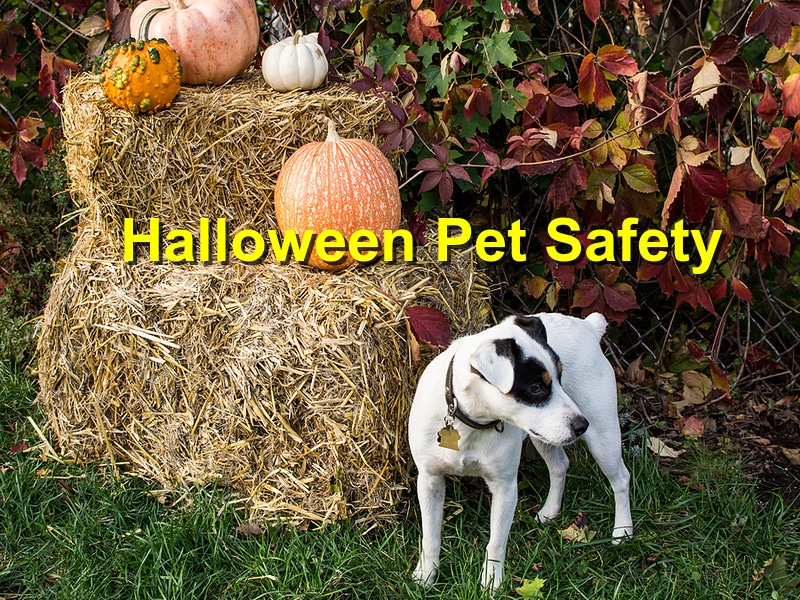Halloween Pet Safety: Protecting Your Pet from Toxic Treats

Halloween 2025 brings spooky fun, costumes, and candy, but for pets, the holiday can pose serious risks. Toxic treats, decorations, and festive chaos can endanger dogs, cats, and other animals. With 70% of pet owners celebrating Halloween, proactive measures are essential to protect pets from harm. Here’s how to keep your furry companions safe from toxic treats and other Halloween hazards.
Beware of Toxic Treats
Candy is a major Halloween hazard. Chocolate, especially dark or baking varieties, contains theobromine, toxic to dogs and cats. Even small amounts can cause vomiting, seizures, or heart issues. Xylitol, a sweetener in sugar-free gum and candies, is highly dangerous, leading to rapid insulin spikes and potential liver failure. Raisins, often in trail mixes, can cause kidney damage. Keep all treats out of reach—store them in high cabinets or sealed containers. If hosting a party, ensure guests don’t leave candy wrappers or treats on tables. The ASPCA reports a 20% spike in poisoning cases during Halloween, so vigilance is critical.
Secure Decorations and Costumes
Halloween decorations like glow sticks, fake cobwebs, and candles pose risks. Glow sticks contain bitter but toxic liquid that can cause drooling or distress if chewed. Fake cobwebs can entangle pets or be ingested, leading to intestinal blockages. Open flames from jack-o’-lanterns risk burns or fires if knocked over. Use battery-operated lights instead. If dressing pets in costumes, ensure they fit comfortably, don’t restrict movement or vision, and avoid small parts that could be chewed off. Remove costumes after photos to prevent stress or overheating.
Manage Stress and Anxiety
The hustle of Halloween—doorbells, strangers, and loud costumes—can overwhelm pets. Dogs may bark or bolt, while cats often hide. Create a quiet, safe space in an interior room with their bed, toys, and water. Use calming aids like pheromone diffusers or anxiety vests, and play soft music to mask noises. For trick-or-treaters, keep pets leashed or crated near the door to prevent escapes. A 2024 survey found 65% of pets show stress signs during Halloween, so early preparation is key.
Prevent Escapes and Ensure Identification
Panicked pets may dart out open doors during trick-or-treating. Ensure your pet wears a collar with updated ID tags and is microchipped, as shelters see a 15% increase in lost pets during Halloween. Check fences for gaps and keep pets indoors after dusk. Reflective collars or LED tags improve visibility if they slip out.
Emergency Response
If you suspect your pet ingested a toxic treat, act fast. Symptoms like vomiting, lethargy, or tremors require immediate attention. Contact your veterinarian or the ASPCA Poison Control Hotline (888-426-4435). Do not induce vomiting without professional guidance, as it can worsen some poisonings. Keep a pet first-aid kit with activated charcoal (vet-approved) for emergencies.
Post-Halloween Care
After festivities, inspect your home and yard for stray candy or wrappers. Monitor your pet for unusual behavior, like loss of appetite or diarrhea, which may indicate ingestion or stress. Schedule a vet checkup if symptoms persist.
By securing toxic treats, managing decorations, reducing stress, preventing escapes, and preparing for emergencies, you can ensure a safe and enjoyable Halloween 2025 for your pet, letting the whole family join the spooky fun worry-free.
References: AVMA
https://braseltonervet.com/?p=4646
Comments
Post a Comment